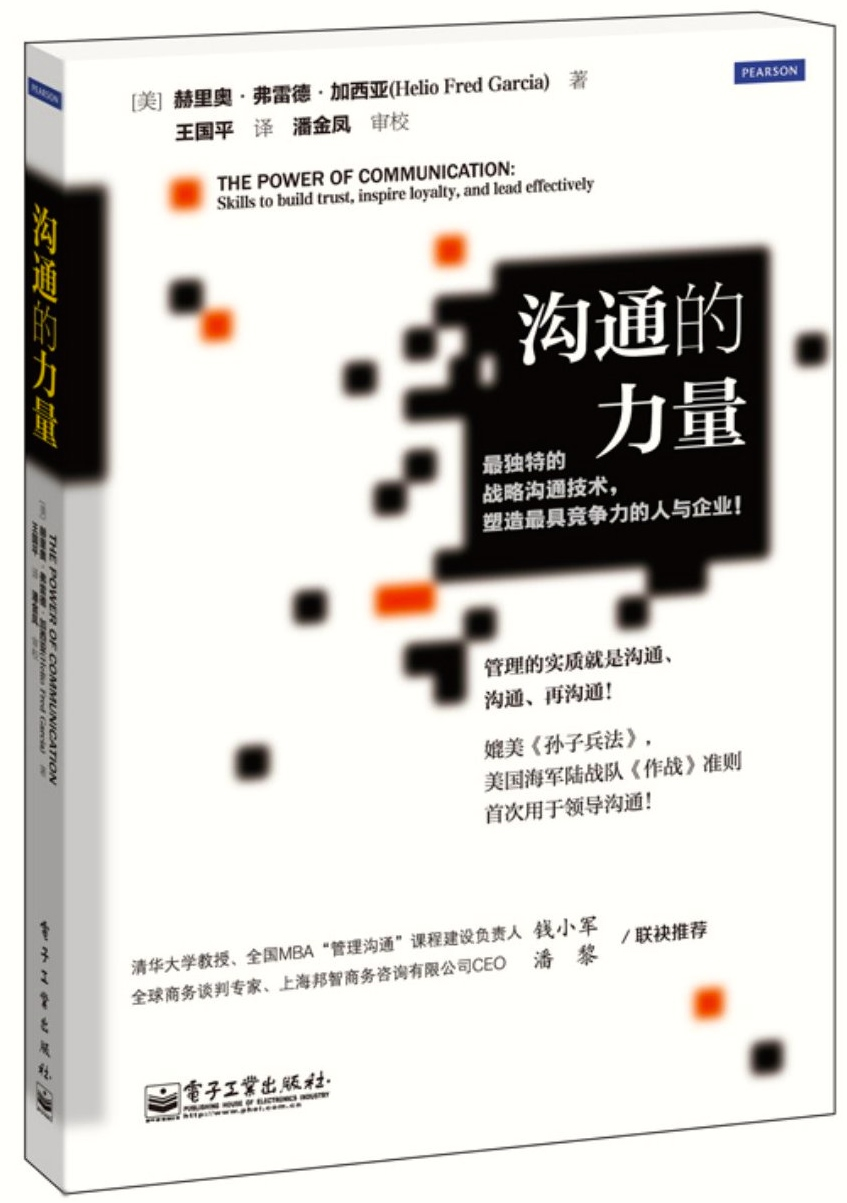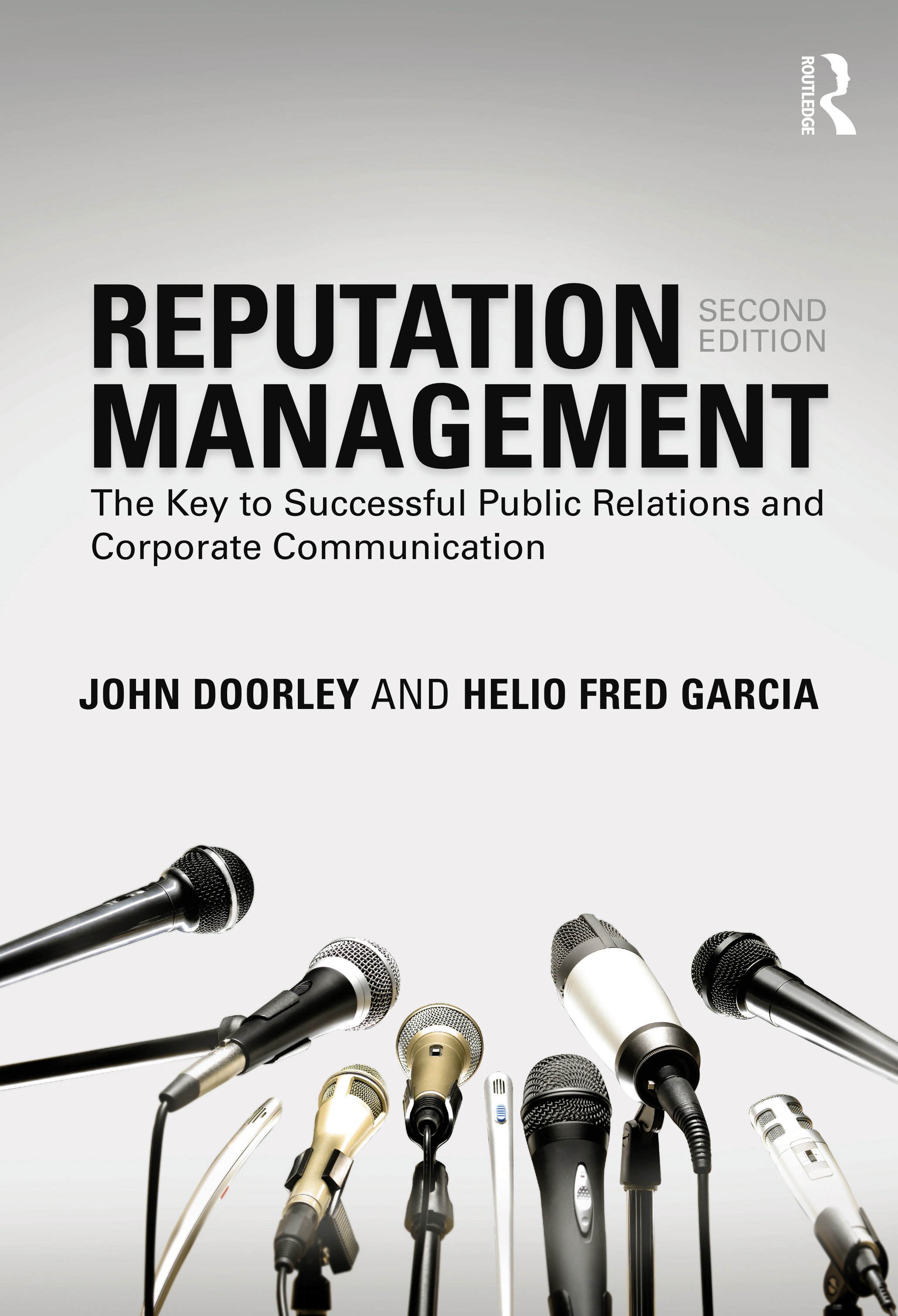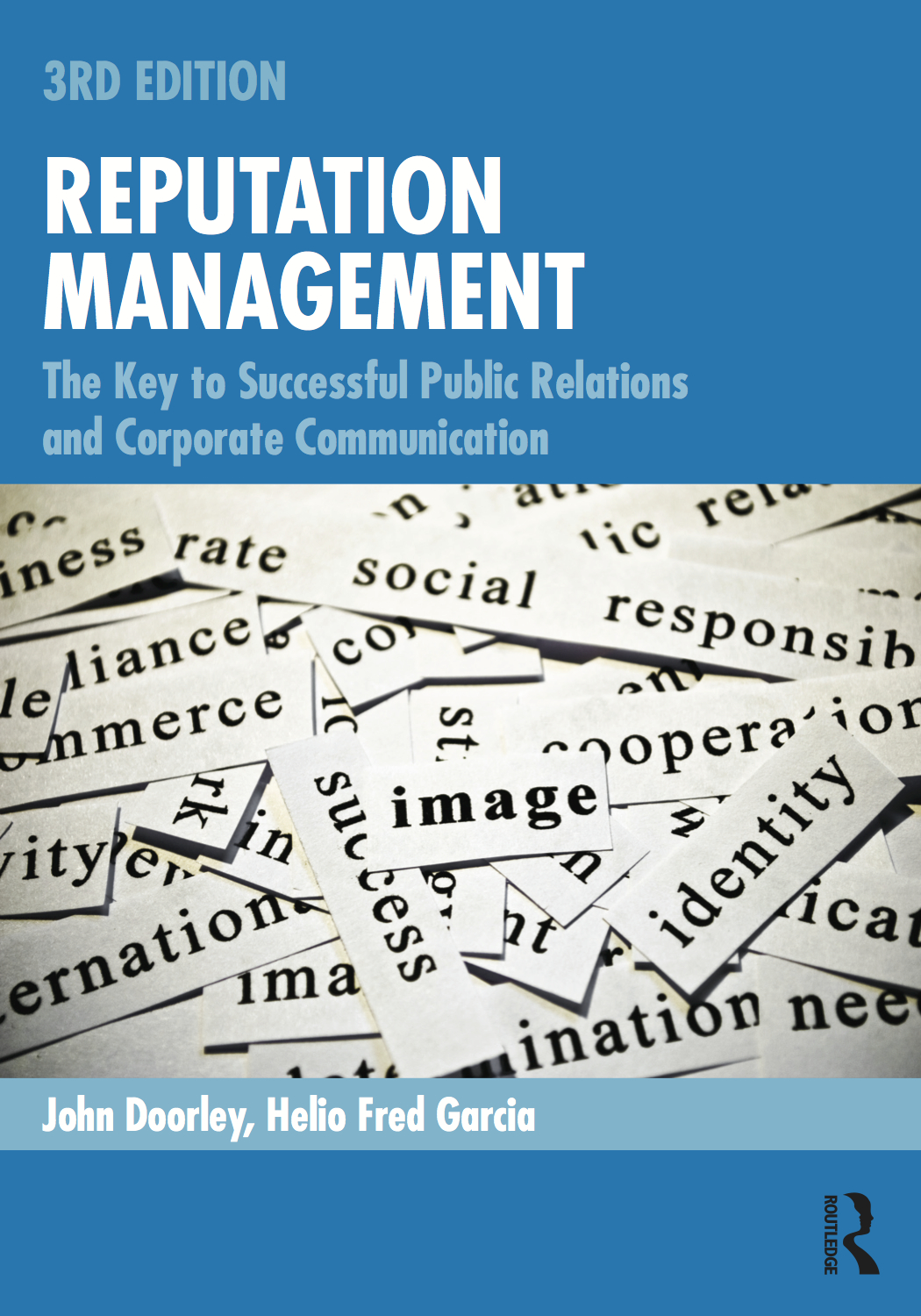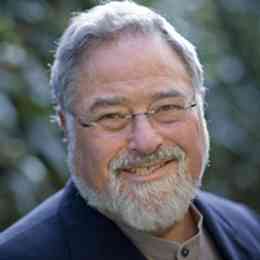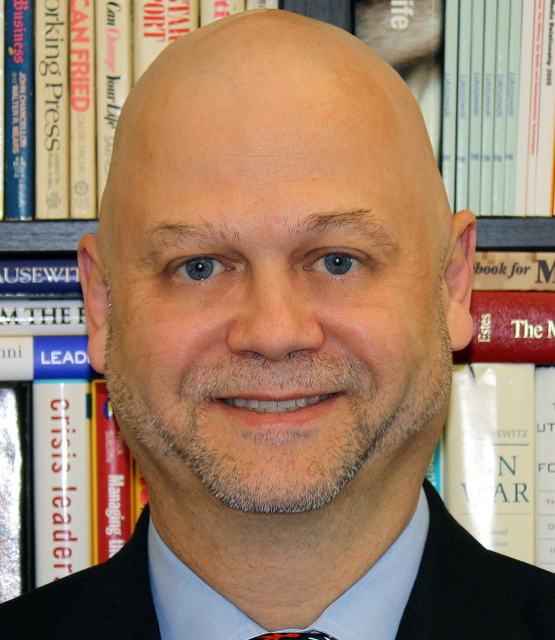 |
Helio Fred Garcia | Bio | Posts
5 Aug 2014 | 2:56PM |
I started working in public relations in 1980 and started teaching it to graduate students at New York University in 1988. In all that time, the perennial question I’ve heard from clients and students is, What is PR, really… And the emphasis is always on the really.
And as I listened to their proposed answers, and read the books purporting to provide an answer, I came to the conclusion that people’s definitions of PR were like the parable of the blind men and the elephant.
There were six men of Hindustan,
to learning much inclined,
Who went to see an elephant,
though all of them were blind,
That each by observation
might satisfy his mind.
Each grasps just a part of the elephant and assumes the whole animal is like the part. So the man who grabs the tusk thinks the elephant is a spear; the one who grabs the tail thinks it’s a rope; the one who hugs the leg thinks it’s a tree, and so on. And then they argue – each holding to his firm conviction that the elephant is solely what he experienced.
We have this argument even to this very day.
We had it when I started in the field, when high technology meant upgrading from a manual to electric typewriter and from a rotary dial to touch-tone phone. We have it today among faculty members and graduate students in NYU’s M.S. in PR/CorpComm program. And we’ll keep having it well into the future: long after social networking is considered as quaint as my old IBM Selectric.
And now there’s a forum where this discussion can take place, conceived and curated by, among others, my friend and colleague Andy Green. Andy, who is based in Britain, was voted Outstanding PR Practitioner of the Year by members of the Chartered Institute of Public Relations in 2013. He is the author of seven books translated into eight languages.
And he is part of a team of six senior PR pros from Britain and South Africa who have started an initiative called #PRredefined. It includes a discussion forum that creates a community around this debate. And it starts with a Kindle e-book that is available to students free of charge and to others at a nominal fee.
And I’m delighted to invite my colleagues on this side of the pond — including my graduate students, who themselves come from the all ends of the earth — to engage in this debate.
From the book #PRredefined:
“As public relations practice continues in the 21st century there is a growing sense that it needs better theory to provide a foundation and sustenance for public relations practice. Theory is not something abstract, remote from real-world — dare we say it — ‘academic’.
Having good theoretical underpinnings to what you do provides firm foundations for your day-to-day activity. It enables you to say ‘Yes’ or ‘No’ quicker to whatever challenge you face. Good theory provides clarity and purpose to your mission.
This ebook is seeking to create new ways forward, new ideas to take the profession forward, to overcome its potential dangers as well as grow with any new opportunities.
Practitioners and academics with concerns and fears for the future of their profession are sharing their thoughts on the challenge of #PRredefined
They seek to act as a catalyst, a touch paper lit to create new momentum for inspiration, insights and ideas.
#PRredefined is not an end product. It is not claiming to provide a definitive answer – although it likes to feel it is proffering an intelligent way forward with some credible concepts to consider as possible solutions. Rather, it is seeking to start a symbiotic debate that can grow and create new thoughts, ideas and ultimately effective PR theory for 21st century practice.”
#PRredefined consists of three elements:
- a collection of Forethoughts and Post thoughts articles containing commentaries about the need to redefine public relations and for a new theoretical framework for professional practice
- submissions for redefining public relations or adding to its theoretical framework
- a call to action inviting you to contribute to a subsequent debate to contribute to the goal of redefining public relations and creating a new theoretical framework
I’m honored to be one of the Forethoughts authors, and to be in the company of my friend and fellow Forethoughts author Christophe Ginisty, 2013 president of the International Public Relations Association.
What is the Essence?
So here’s my contribution to the argument. What I struggle to find is the essence of it all: What is it that all the competing definitions have in common?
The first people to make a living practicing what we would recognize as PR were two Greeks in the fifth Century BC, Corax and Tisias. The man who would eventually be called St. Augustine was a PR person before he found religion; he then brought those skills to his ministry. The person who was the first in the modern era to call himself a “public relations counselor” was Edward L. Bernays. He also became a thought leader, writing the first modern book on PR, Crystalizing Public Opinion, and teaching the first modern course on it, at New York University, both in 1923. What do they all have in common, with each other and with PR as it’s practiced in the second decade of the 21st Century?

Bernays noted in 1923 that it’s hard for PR people to define what they do:
“Indeed, it is probably true that the very [people] who are themselves engaged in the profession are as little ready or able to define their work as the general public itself. Undoubtedly, this is due, in some measure, to the fact that the profession is a new one. Much more important than that, however, is the fact that most human activities are based on experience rather than on analysis.”[i]
Redefining PR
This is a discussion worth having. And every generation needs to have it, if for no other reason than to move past the particulars of their own experience and into the higher vantage point of analysis. And to understand both the relevance and the power of the profession. That is the point of #PRredefined. It is an important contribution to the discussion. (And, as co-author Andy Green notes, in implicit agreement with Bernays, the discussion has to be outside of the bubble of the day-to-day practice of PR.)
I agree with the #PRredefined authors that PR needs to be redefined, or it will die. Actually, it isn’t that PR needs a new definition. Rather, we need a new understanding. I believe the definition has been here all along. But we have lost sight of it as we’ve become infatuated with new technologies and with the quickening pace of change.
We need to move from the particular (tusk, tail, leg) to the elephant as a whole. Yes, we need to understand the particulars. But we need also to understand that the whole is more than the individual parts, or even the sum of the parts. Not all elephants have tusks. That doesn’t make them less of an elephant. Not all images of elephants show the tail. But we still recognize the elephant when we see it.

The Essence
So what I grapple with is this: what is the essence of PR? What do our clients most value? What description is as valid in an oral society and in the age of social networking? What definition applies equally to those who work with tree-based media (paper) and those who work with electron-based media?
I believe the answer is also found in Bernays’ 1923 book:
“The public relations counsel is the pleader to the public of a point of view. He acts in this capacity as a consultant both in interpreting the public to his client and in helping to interpret his client to the public. He helps to mold the action of his client as well as to mold public opinion.”[ii]
Applied Anthropology
For more than 25 years, to my clients, with my students, and in my books, I’ve described it this way: When we do our best work we function as an applied anthropologist. Like an anthropologist, we do active fieldwork to understand a group’s social and power structure, values, predispositions, and behavioral triggers. These days we can figure this out to a very granular level. We then make predictions based on these insights, helping clients understand how any given group is likely to react to any given stimulus. The applied part is then to organize activity to provoke the reaction we want, and then to be in active relationship with our stakeholders, in continuous and mutual adaptation with each other.
And when we do it well, we do it by connecting with people, authentically, honestly, but effectively. We can’t move people unless we meet them where they are. And then we invite them to move with us. This raises a host of ethical questions.
And again we find answers in Bernays:
“The advocacy of what we believe in is education. The advocacy of what we don’t believe in is propaganda. Each of these nouns carries with it social and moral implications. Education is valuable, commendable, enlightening, instructive. Propaganda is insidious, dishonest, underhanded, misleading.”[iii]
I welcome being part of the discussion here prompted by Andy and his coauthors.
Paradoxically, I believe we find the future of PR by returning to our core, as articulated 90 years ago (but so often forgotten in the day-to-day bump and grind of our work).
Everything old is new again.
Your contributions to the debate are welcomed.
Onward…
…….
The authors of #PRredefined are:
“Andy Green was voted ‘Outstanding PR Practitioner of the Year’ by CIPR members in 2013. He enjoys a portfolio career as a PR consultant, university lecturer, brand story-teller and creative thinking skills trainer. His published work is translated into eight languages includes ‘Creativity in Public Relations’ (4th edition Kogan Page 2010) and ‘Tubespiration! (Tangent Books 2013)
Professor Anne Gregory is Director of the Centre for Public Relations Studies at Leeds Business School and Chair of the Global Alliance, the worldwide confederation of public relations professional associations. Anne has written and edited over 70 books, book chapters and articles and holds the CIPR Sir Stephen Tallents Medal for her Outstanding Contribution to the Profession.
Philip Sheldrake is Managing Partner, Euler Partners. He is the author of The Business of Influence: Reframing Marketing and PR for the Digital Age (Wiley, 2011), and Attenzi – a social business story (2013).
Chris Skinner, APR and Fellow of the Public Relations Institute of Southern Africa (PRISA) is a research associate at the Durban University of Technology and a senior consultant with the East and Southern African Management Institute (ESAMI). He is a leading researcher and writer in the public relations field in Africa and[…]”
Stephen Waddington is European Digital & Social Media Director, Ketchum and President-Elect 2014 of the CIPR. His published work includes Brand Anarchy (Bloomsbury, 2012), Share This (Wiley 2013), Share This Too (Wiley 2013) and Brand Vandals (Bloomsbury, 2013).
Paul Willis is Director of the Centre for Public Relations Studies at Leeds Business School. He is the co-author of Strategic Public Relations Leadership (Routledge, 2013) and a contributing author to Exploring Public Relations (3rd edition, Prentice Hall). His research can also found in the PR field’s leading academic journals.”
Excerpt From: Andy Green. “#PRredefined.” iBooks.
[i] Edward L. Bernays, Crystalizing Public Opinion, Boni & Liveright, 1923, p. 13.
[ii] Bernays, ibid., p. 59.
[iii] Bernays, ibid, p. 212.



